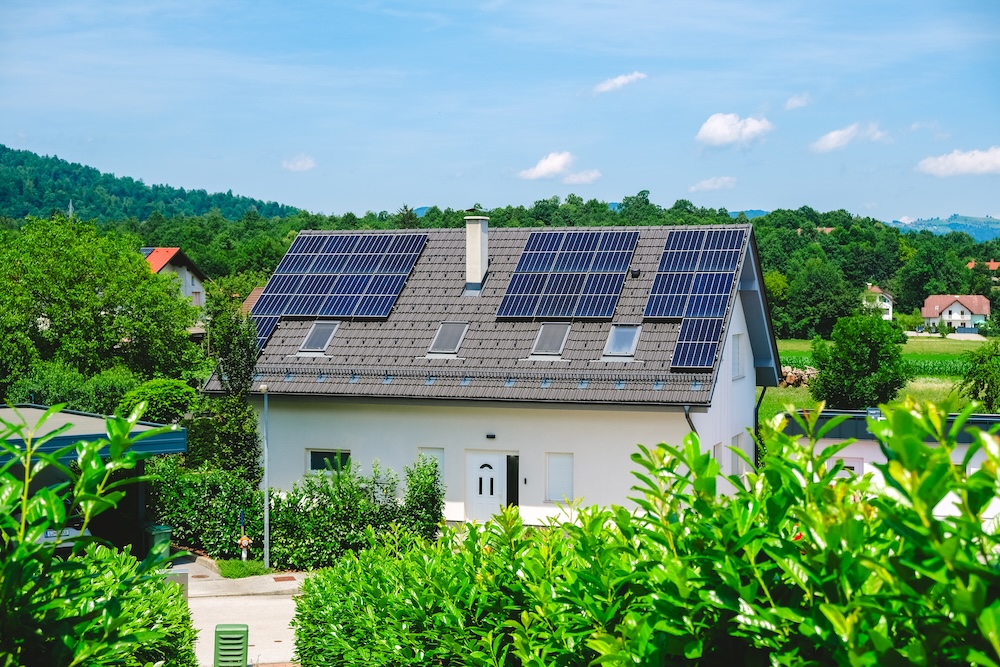The world is running out of time to curb climate change. Fossil fuels are choking our atmosphere and destabilizing economies, while millions still lack reliable access to electricity. Solar energy, abundant and emission-free in operation, has been hailed as a cornerstone of the clean energy transition. But there’s a catch: for solar to actually deliver on its promise, it must be affordable and accessible — not just to the wealthy, but to everyone.
This post explores how solar can break free from elitist adoption patterns and become a truly universal energy solution through smarter policies, innovative financing, and technological breakthroughs.
The Declining Cost of Solar Energy
The cost of solar panels has fallen more than 70% in the past decade, thanks to advances in manufacturing, economies of scale, and global competition. Ten years ago, rooftop solar was a luxury for eco-conscious homeowners; today, it’s far more attainable for middle-class households and small businesses.
Soft Costs Are Falling Too
Permitting, installation, and customer acquisition — once major barriers — are also declining as markets mature. This matters because in many regions, “soft costs” now account for as much as half the price of a residential solar system. Streamlining these processes could unlock even more affordability.
The Road Ahead
While costs continue to fall, the challenge is ensuring that savings are passed on to consumers everywhere — not just in wealthy regions with supportive policy frameworks.
Government Policies and Incentives
Public policy remains one of the strongest levers for affordability.
Subsidies and Tax Credits
From Germany’s pioneering feed-in tariffs to the U.S. Investment Tax Credit, incentives have slashed upfront costs for millions of adopters. When governments reduce the risk for early adopters, solar markets scale up faster — and prices fall for everyone.
Targeting Equity
Policies must go beyond supporting homeowners with tax benefits. Low-income households, renters, and marginalized communities are often excluded from solar adoption. Community solar projects, direct subsidies, and utility-level programs can bridge this equity gap.
Funding Innovation
Governments can also accelerate affordability by funding research and development in efficiency, storage, and recycling technologies, ensuring solar’s future doesn’t replicate the extractive model of fossil fuels.
Innovative Financing Models
High upfront costs remain a stumbling block for many households. That’s where new financing models come in.
Solar Leases and Power Purchase Agreements (PPAs)
Instead of buying panels outright, customers can lease them or sign long-term contracts to purchase solar electricity at lower rates. This model has fueled mass adoption in the U.S., especially for households that can’t afford a cash purchase.
On-Bill Financing
Some utilities now allow customers to finance solar systems through their electricity bills, making repayment seamless and affordable. This is particularly promising for low-income customers who can’t access traditional loans.
Community Solar
Shared solar farms allow participants to “subscribe” to a portion of the electricity generated, lowering bills without requiring homeownership or rooftop installations. This democratizes access while reducing geographic barriers.
Technological Advancements Driving Affordability
Technology is closing the gap between solar’s potential and its accessibility.
Energy Storage and Smart Grids
Pairing solar panels with batteries ensures reliability even when the sun isn’t shining. Combined with smart grid systems, storage allows homes and communities to maximize solar use and minimize dependence on fossil fuel backup.
Efficiency Gains
Emerging technologies like perovskite solar cells promise higher efficiency at lower costs, while bifacial panels capture sunlight from both sides to increase output. These advances mean more power for less surface area — a critical factor for affordability.
Dual-Use Solar
Agrivoltaics (solar panels over farmland), floating solar on reservoirs, and solar canopies over parking lots maximize land use while generating electricity. By integrating solar into existing spaces, we reduce land costs and environmental tradeoffs.
Case Studies in Solar Affordability
India’s National Solar Mission
Through aggressive policy support, India has scaled solar to some of the world’s lowest costs per kilowatt-hour. Large-scale solar parks, subsidies, and international financing have accelerated adoption even in rural areas.
China’s Solar Push
China’s feed-in tariffs and manufacturing dominance drove down global panel prices. While not without environmental tradeoffs, China’s solar expansion demonstrates how industrial policy can make renewable energy affordable worldwide.
Challenges That Remain
Grid Integration
Intermittency and aging infrastructure pose barriers to scaling solar equitably. Without storage and grid modernization, solar risks being dismissed as unreliable.
Policy Inequality
While some countries shower solar adopters with subsidies, others provide little to no support, leaving solar out of reach for most citizens.
Misconceptions and Awareness
Many consumers still believe solar is too expensive — a perception that lingers even as costs plummet. Outreach and education are critical to dispel myths and highlight financing options.
The Role of Collaboration
Solar affordability cannot be achieved by technology alone.
- Governments must design inclusive policies and invest in innovation.
- Businesses must deliver fair financing models and transparent pricing.
- Individuals can support community solar, push for policy change, and adopt solar when possible.
When all three sectors work together, solar shifts from a privilege to a public good.
Final Thoughts
Making solar energy affordable for everyone isn’t just about climate responsibility — it’s about justice. Clean energy should not be a luxury for the few; it must be a right for all.
Solar offers lower energy bills, job creation, cleaner air, and resilience against climate shocks. The tools already exist: falling costs, smarter policies, financing models, and breakthrough technologies. What’s needed now is the will to scale them equitably.
If we fail to make solar universally affordable, we risk reproducing the same inequities that fossil fuels entrenched. But if we succeed, solar can light the path to a cleaner, fairer, and more sustainable future.









Reader Interactions